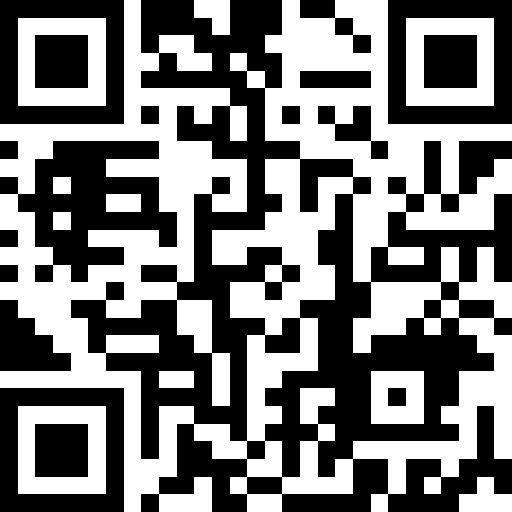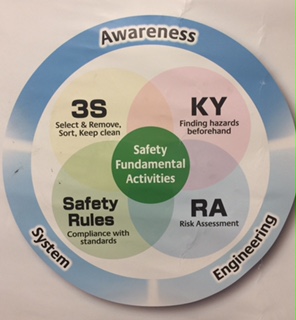Title Page
-
Location: address
-
Postcode, What3words,
-
Map of location and nearest A&E hospital
-
Inspection Date & Time:
-
Inspected by Name & Position:
-
Site Manager/ Supervisors Name:
1. Site Overview
-
A) Is the site access clear and free from obstructions including waste and unsafe storage of materials
-
B) Is the approach to the property free from any obvious HSE risks. (Spills / Excess Dust / Unsafe Plant)
-
C) Has the operative protected the works area from others? (Fencing/ signage/ segregation)
-
D) Is there site PPE signage and segregation with visitors signposted to site entrance
-
E) Have all scaffolds got Scaff-tags dated within the last 7 days displayed with full edge protection and safe access in place?
-
F) Does edge protection meet the W@H requirements and protect all edges? (A main guard rail at 950 mm, A toe board at 150 mm, an intermediate guard allowing max 470 mm gap)
-
G) Is there designated loading/unloading/ parking areas in place.
-
Add Photos
2. Set Up & Information
-
A) Is there H&S documentation available for the works? (minimum risk assessment, plus method statement, CPP, CoSHH, Permits were applicable)
-
B) Is asbestos survey information available and communicated to operatives?
-
C) Are there adequate welfare provisions (Toilet & washing facilities)
-
D) Are fire extinguishers (Mandatory for hot works) & First Aid facilities available?
-
E) Is the storage of tools and equipment safe and tidy and free from potential risk to others
-
-
Add Photos
3. Site Management
-
A) Has an induction been provided to all operatives?
-
B) Are all operatives signing in and out daily?
-
C) Are contractors following the site rules and have provided and signed RAMS for their activities?
-
Add Photos
4. General Hazards
-
A) Is mandatory PPE being worn:
-
B) Is task specific PPE being worn: - (Gloves, hearing protection, Safety glasses, RPE).
-
C) Are there any obvious slip, trip or fall hazards? (inc. spills, trailing leads, open edges)
-
D) Are mechanical lifting aids required / available on site?
-
E) Are trailing leads minimised, routed safely or protected?
-
F) Are services isolated and safe working methods adopted to minimise risks?
-
Add Photos
4. Working at Height
-
A) Are ladders / steps appropriate for the activities and being used safely? (Correct height / type & no working from top 3 steps)
-
B) Are operatives working at height safely? (Staying within handrails, using equipment correctly, only with correct training in place)?
-
C) Are MEWPS used in areas free from overhead hazards and on suitable surfaces?
-
D) Have scaffold towers been erected by PASMA trained operatives and weekly inspections completed (Above 2M)?
-
Add Photos
5. Hi Risk Works
-
A) Are hot works being carried out with adequate control measures in place? (Hot works are any activity which produces a spark)
-
B) Are confined space works being carried out with adequate control measures and a permit in place? (A specified risk will could arise from gas, fumes, vapours or lack of oxygen).
-
C) Are face fitted dust masks being used for dusty works?
-
D) Are CoSHH substances being stored and used correctly?
-
Add Photos
6. Tools & Equipment
-
A) Are tools being used correctly, fit with guards and connected to extraction where required?
-
B) Is there any damaged cables or defective equipment visible?
-
C) Are all tools 110V or battery operated? NOTE: (240V tools must be RCD protected)
-
Add Photos
7. Housekeeping, Quality & Environment
-
A) Is all equipment and tools stored safely without potential for falling or injury?
-
B) Are all access routes and doorways kept clear for emergency egress?
-
C) Is the standard of work to the required company level for client satisfaction?
-
D) Are environmental impacts including those from noise, dust and spills controlled to prevent complaints from neighbours and others?
-
Add Photos
Comments
-
Comments
Sign-off
-
Inspection Completed By:










